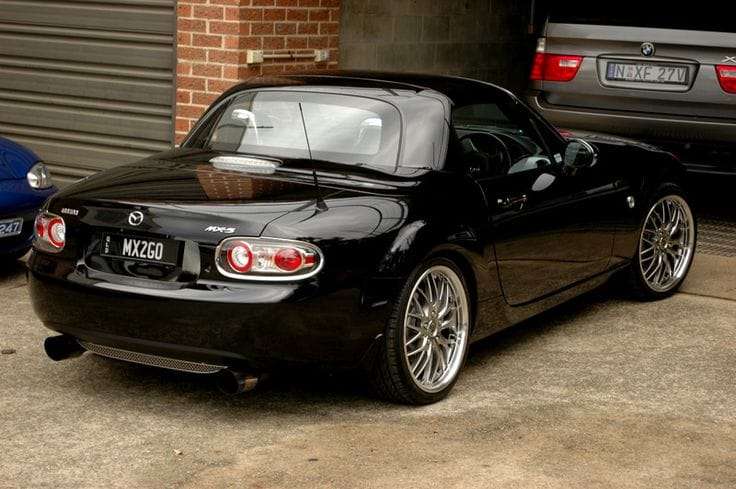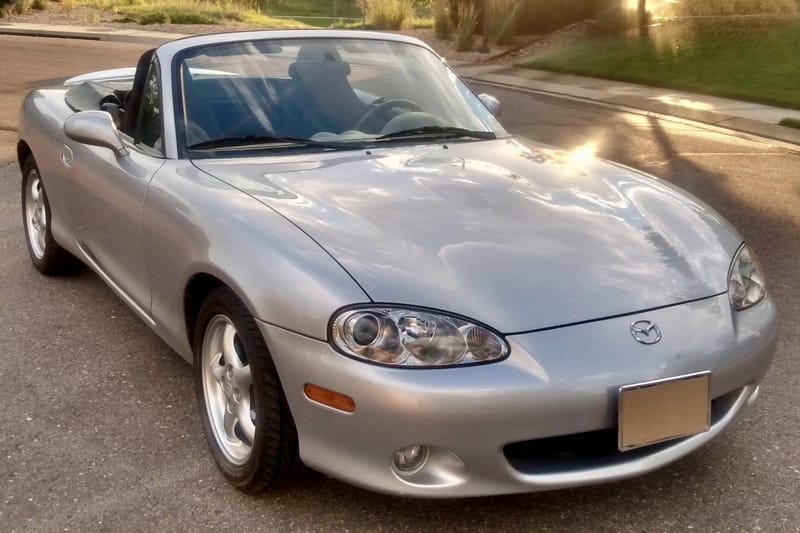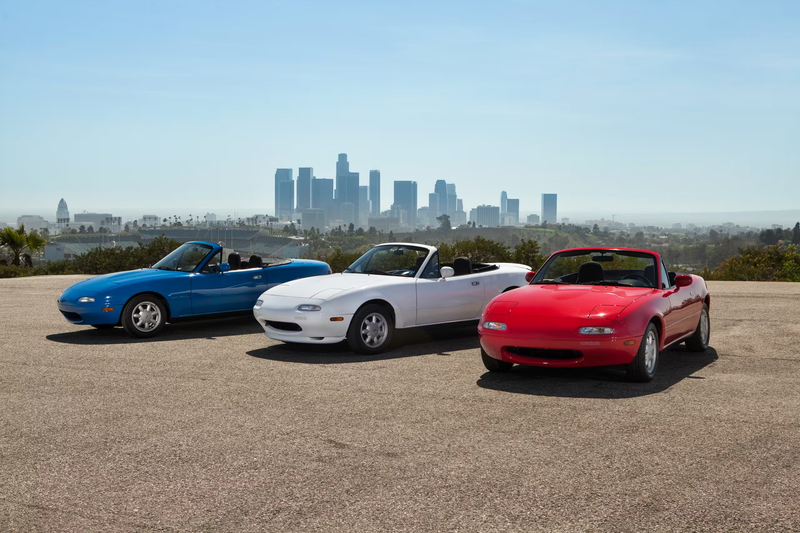NC Miata Buyer’s Handbook: What You Should Know Before Making a Purchase
Produced between 2006 and 2015, the NC Miata is the third generation of the beloved Mazda MX-5 sports car, often hailed for its mix of fun driving dynamics, affordability, and reliability. Unlike its predecessors, the NC Miata featured a larger body, more powerful engines, and modern technology, mak

Produced between 2006 and 2015, the NC Miata is the third generation of the beloved Mazda MX-5 sports car, often hailed for its mix of fun driving dynamics, affordability, and reliability. Unlike its predecessors, the NC Miata featured a larger body, more powerful engines, and modern technology, making it a more comfortable and refined option while still retaining the essence of what made the Miata so popular in the first place. For those looking to buy an NC Miata today, the market can be a bit overwhelming. This guide is designed to help you navigate through the different models, understand common issues, and identify what to look for when purchasing an NC Miata.
NC Miata Generations Explained
The NC Miata was produced in three major iterations, each with its own characteristics and improvements. The NC1 (2006-2008) marked the initial release and introduced a larger and more refined roadster compared to the earlier NA and NB generations. It was available with either a 1.8L or 2.0L engine, producing between 126 and 170 horsepower, depending on the market. One of the biggest innovations in the NC1 was the introduction of the Power Retractable Hard Top (PRHT), a feature that gave drivers the option of a folding metal roof alongside the traditional soft top.
The NC2 (2009-2012) brought a number of updates to the design and performance of the car. The exterior was sharpened with a more aggressive front fascia, and the 2.0L engine received a higher redline (7200 RPM compared to 6700 RPM in the NC1), along with some internal enhancements that made the car slightly faster and more reliable. The suspension was also re-tuned, giving the car a sportier feel on the road. This generation is often favored by enthusiasts for its better handling and improved aesthetics.
By the time the NC3 (2013-2015) came along, Mazda had refined the NC Miata even further. While the mechanicals largely stayed the same, the NC3 benefited from some modern touches to the interior and exterior, including new trim options and upgraded materials. Special editions like the 25th Anniversary model also added to the appeal of this final iteration of the NC. Overall, the NC2 and NC3 are generally preferred by performance-minded drivers due to their higher redlines and better handling characteristics, while the NC1 remains a great choice for those seeking an affordable, fun roadster.
The conception of the NC Miata marked a significant departure from the previous NA and NB models in terms of both design and technology. Developed to meet modern safety standards and customer expectations, the NC Miata grew in size and weight but also gained in comfort, power, and refinement. It was the first Miata to feature a more powerful 2.0L engine, offering better acceleration and highway performance while maintaining the lightweight, rear-wheel-drive layout that made the Miata famous.
Mazda also produced several special editions, which have become desirable among collectors and enthusiasts. These included models like the Launch Edition, the Niseko, and the 25th Anniversary Edition, each of which came with exclusive paint colors, unique interior trims, and additional luxury or performance features. In terms of engine and performance, the NC Miata stood out for offering a more refined driving experience than its predecessors. The 2.0L engine provided ample power for a lightweight roadster, and both the 5-speed and 6-speed manual transmissions offered engaging driving dynamics. The safety and technology features were also improved, with standard airbags, optional stability control, and upgraded interior materials that made the NC feel more modern and comfortable than earlier models. Limited editions appeal to collectors or enthusiasts looking for something a bit more exclusive. These models may also command a higher price in the used market.
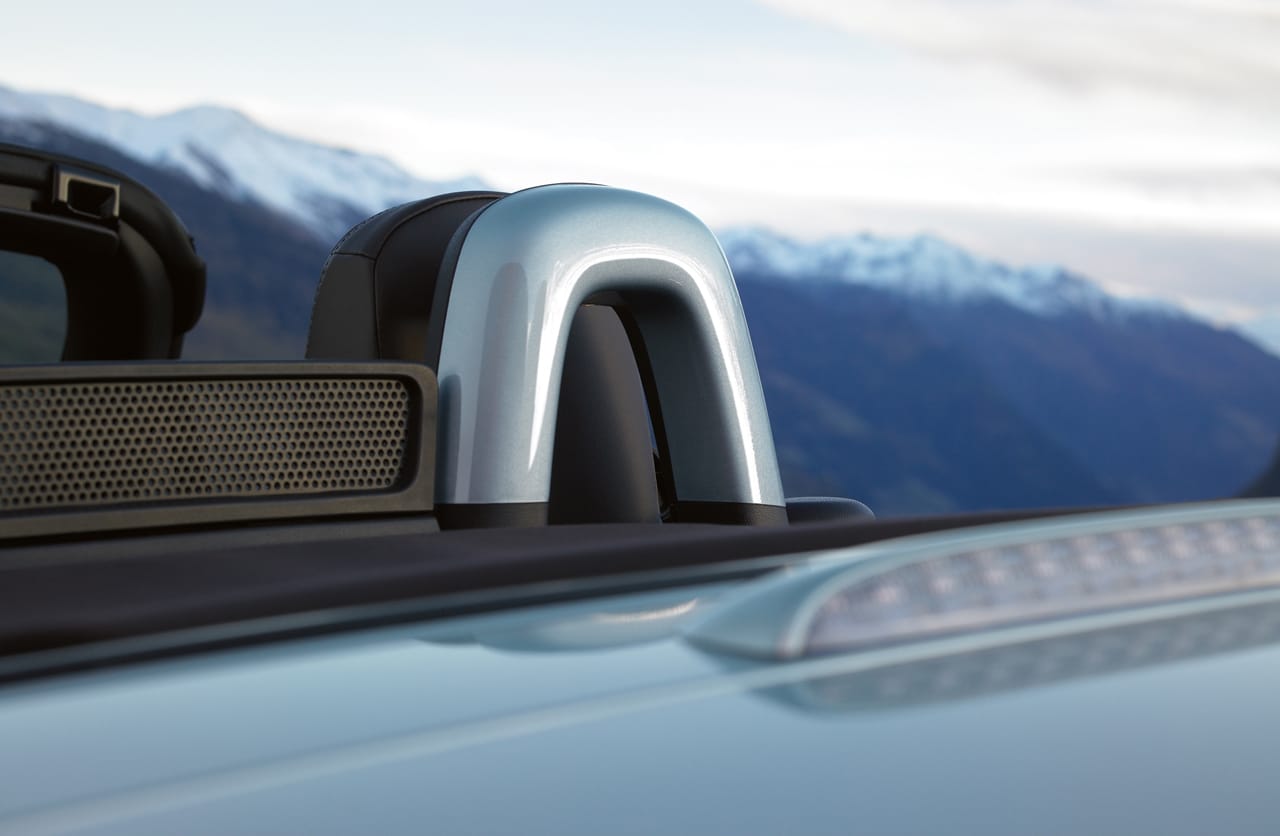
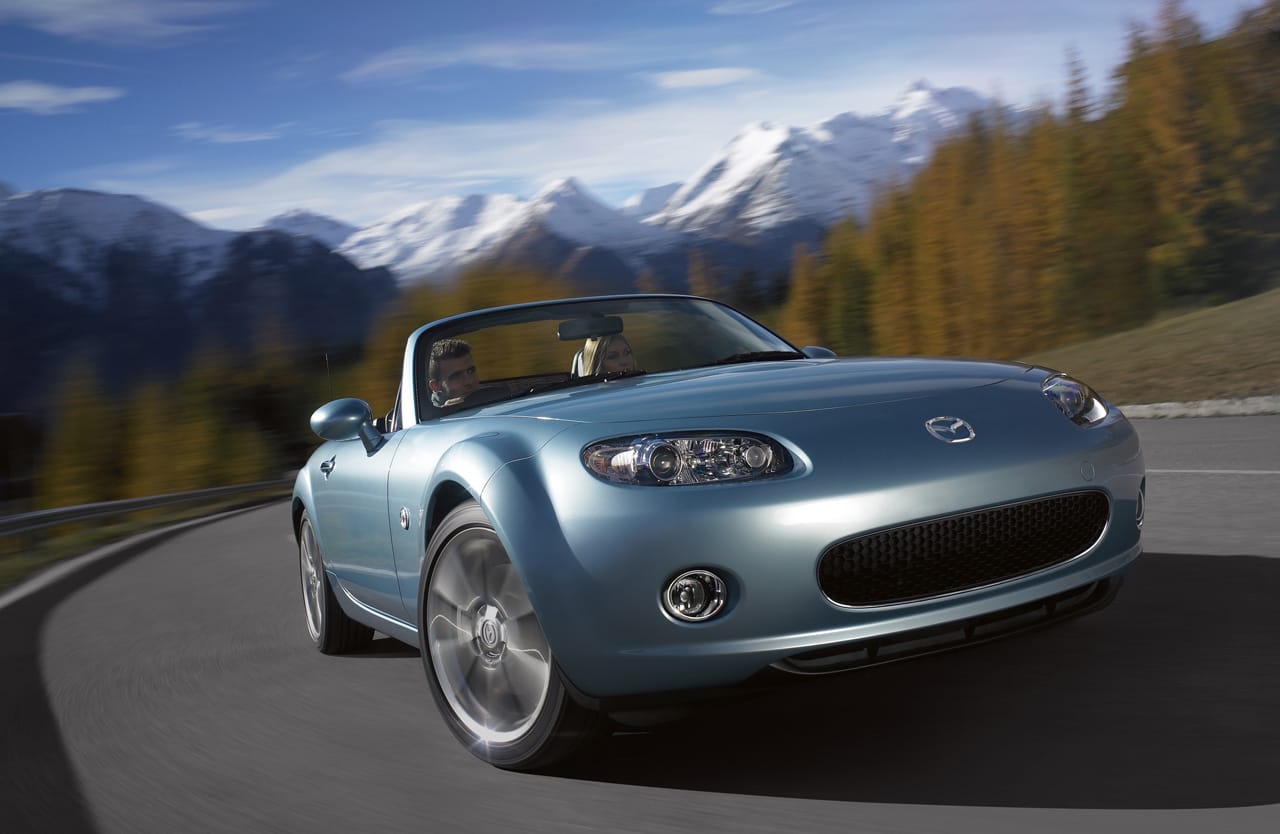
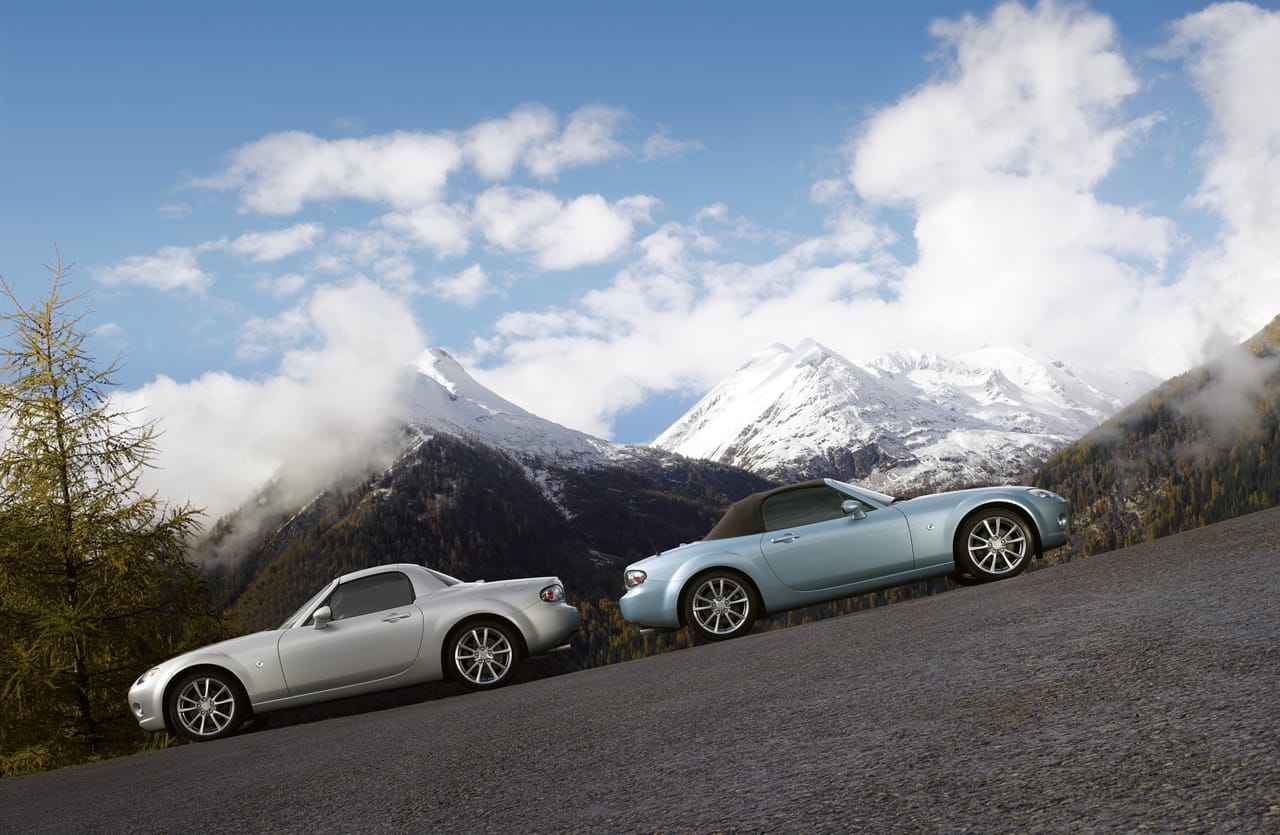
Body and Chassis
One of the key advantages of the NC Miata is that it’s generally more resistant to rust than the earlier NA and NB models. However, it’s still important to inspect any potential purchase for signs of rust or prior accident damage. Focus your inspection on the undercarriage, especially in areas where road salt is commonly used. Despite being better built in terms of rust prevention, issues can arise if the car wasn’t properly cared for.
A few common issues should be checked before buying. The most notable include windscreen cowl leaks, where water can enter through faulty seals, and soft-top drain clogs, which can cause water to accumulate inside the cabin if not cleared regularly. Additionally, while not as common as in older Miatas, rust can still appear on body panels and in the undercarriage, especially if the car has been exposed to harsh conditions.
Engine and Transmission
The NC Miata offered two engine options throughout its production run: a 1.8L engine producing 126 horsepower (available in certain markets) and the more common 2.0L engine, which delivered between 158 and 170 horsepower, depending on the model year and market. Most NC Miatas in the U.S. come with the 2.0L engine, which is generally preferred for its superior performance.
Transmission options included a 5-speed manual paired with the 1.8L engine and a 6-speed manual for the 2.0L engine. Both transmissions are regarded as reliable and provide an engaging driving experience, though the 6-speed manual is favored by enthusiasts for its better gearing and sportier feel. The NC Miata also came with a 6-speed automatic option, but this transmission is typically seen as less desirable due to its lack of engagement compared to the manual.
When looking at a used NC Miata, there are a few common engine issues to be aware of. Low oil levels can lead to engine damage, so it’s important to check the car’s service history to ensure regular oil changes have been performed. Some early NC models are also prone to misfires, often caused by wiring issues, and the timing chain tensioner can wear out in older models, leading to increased engine noise or even failure if not addressed.
In terms of fuel economy, the 1.8L engine offers slightly better efficiency, averaging around 38.7 MPG (7.39 L/100km), while the 2.0L engine typically delivers around 37.2 MPG (7.59 L/100km). Both engines are relatively efficient for a sports car, especially considering the performance on offer.
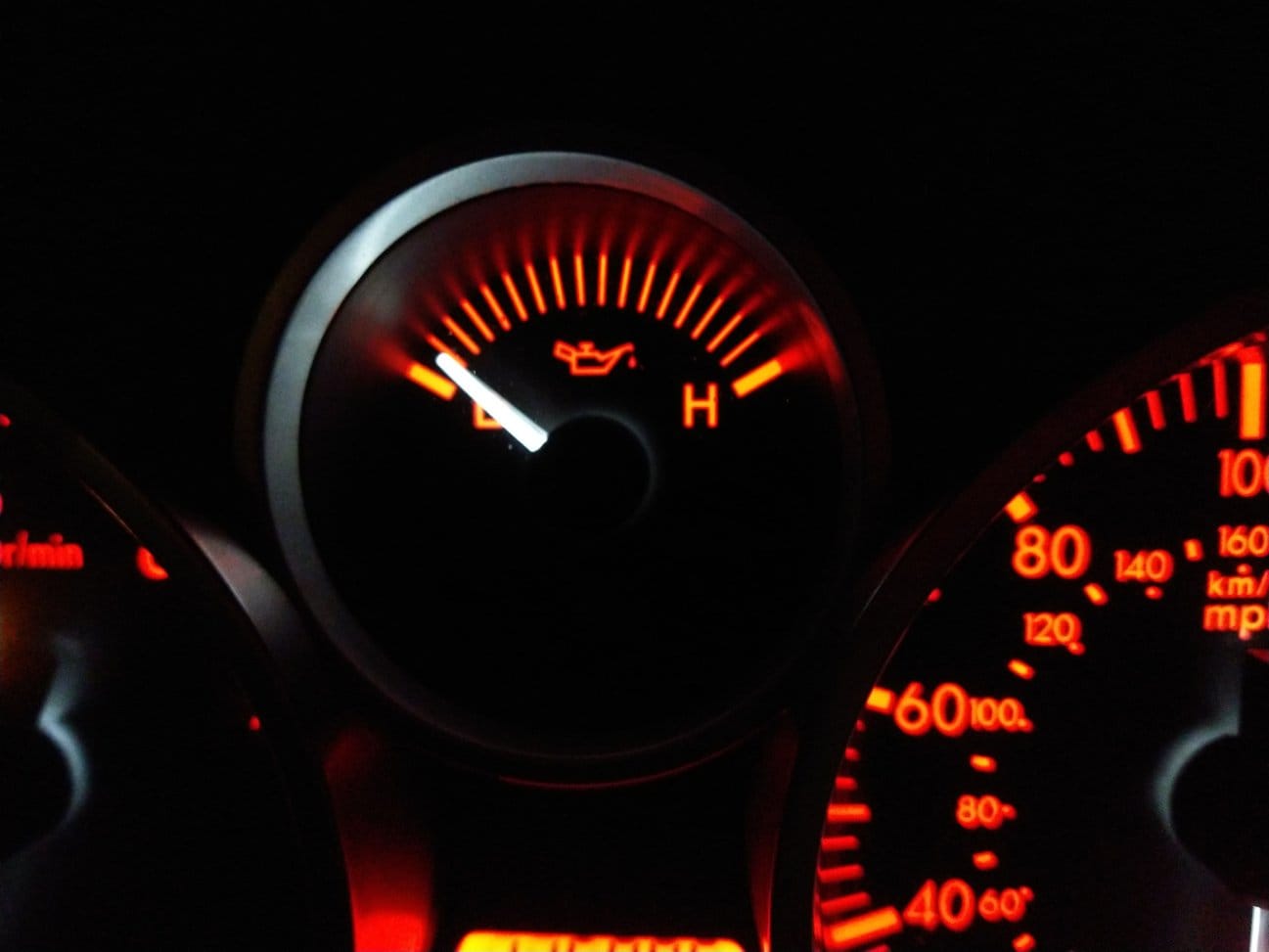
Suspension, Steering, and Brakes
The NC Miata’s suspension system is generally robust, but like any used car, it’s important to inspect for wear. Anti-roll bar links are known to wear out after about 30,000-40,000 miles, causing rattling noises over bumps. Similarly, the dampers may need replacing after higher mileage, especially if the car has been driven aggressively or on rough roads. If the suspension is worn, it can significantly affect the car’s handling and ride quality, so it’s something to keep an eye on.
Miatas are particularly sensitive to alignment issues, so check for uneven tire wear when inspecting the car. Poor alignment can lead to subpar handling, which is one of the NC’s key strengths. Additionally, the braking system can suffer from seized calipers in cars that have been sitting for long periods. Regular brake maintenance is essential to avoid expensive repairs down the line, so it’s worth asking about the condition of the brakes during your inspection.
Interior, Electrics, and Roof Systems
The interior of the NC Miata is relatively simple, but a few common issues can arise. One of the more frequent complaints is seat belt retraction problems, where the seat belt fails to retract properly after use. Another issue involves electric window switches, which can fail and prevent the windows from operating. When test-driving a used NC, be sure to check for any dashboard warning lights, as these could indicate electrical faults that may require attention.
If you’re interested in a model with the Power Retractable Hard Top (PRHT), it’s crucial to ensure that the roof operates smoothly. Early NC models had plastic gears in the folding roof mechanism that were prone to failure, leading to costly repairs. Make sure the roof opens and closes without any hesitation or grinding noises, as this can be an early sign of mechanical trouble.
What to Look For When Buying a Used NC Miata
When buying a used NC Miata, there are several general buying tips to keep in mind. First, always check the car’s service history. A well-maintained NC should have records of regular oil changes, clutch replacements, and suspension work, as these are key areas where wear and tear can occur. During the test drive, listen for any unusual noises from the engine, transmission, and differential, as these can indicate underlying issues that may require attention.
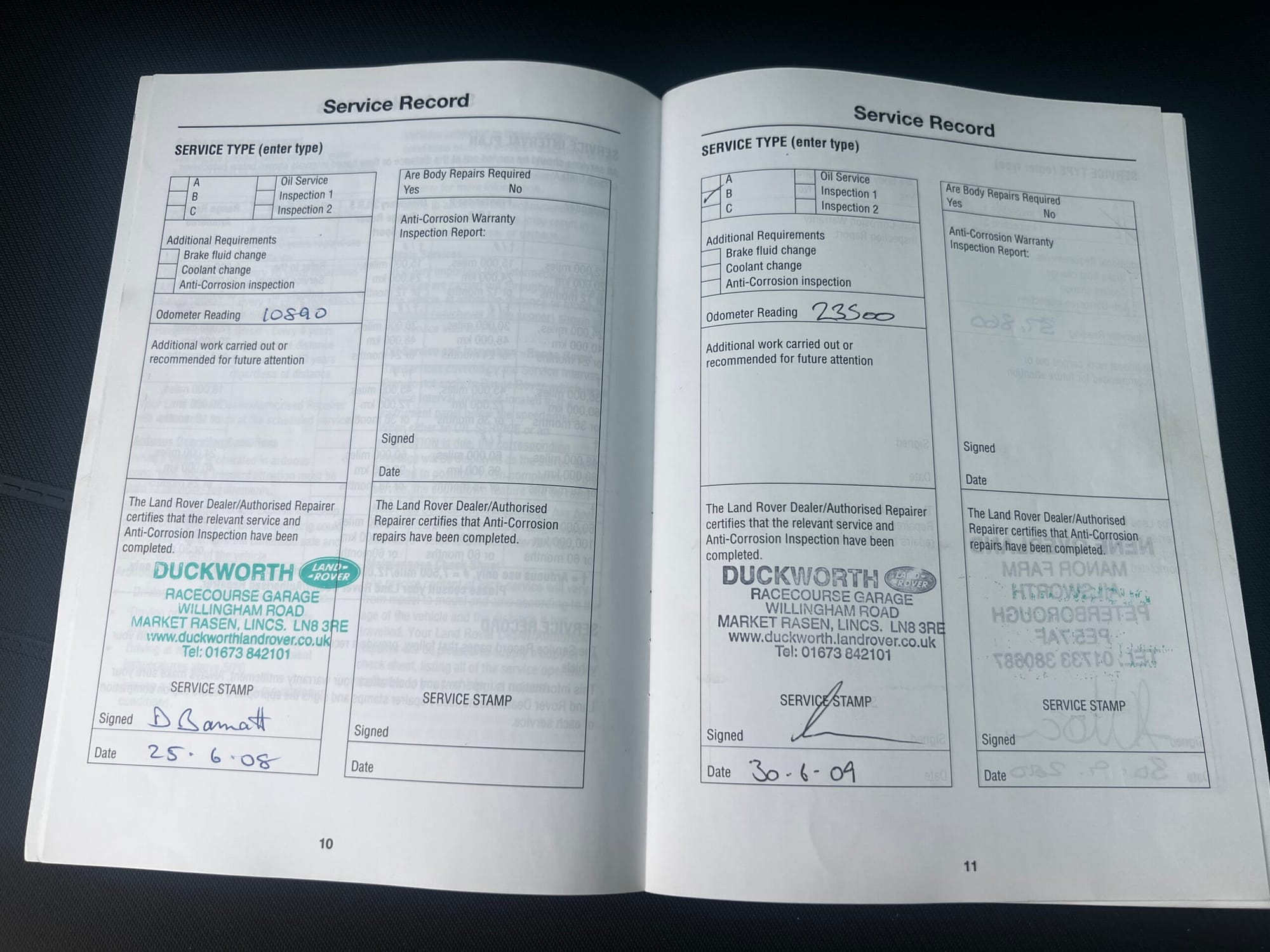
It’s also important to verify the condition of the roof system. For soft-top models, check for any signs of water leakage or damage to the fabric, while for PRHT models, ensure the roof mechanism works without any hitches. Additionally, consider the price range based on the car’s mileage, condition, and any special editions. Prices typically range between $7,000 and $15,000, with special edition models commanding higher values.
When deciding between different models and years, think about your priorities. If you’re after a fun daily driver, the NC1 offers a great balance of affordability and performance. If you’re more focused on spirited driving or track days, the NC2 or NC3 are better options thanks to their improved performance features and handling.
Our Top Picks and Final Thoughts
When it comes to choosing the best NC Miata models, the 2.0L NC2 with the 6-speed manual transmission is often considered the sweet spot for its balance of performance, reliability, and price. It offers the best driving experience without sacrificing too much in terms of comfort or cost.
The base trims are simple and affordable, but they lack some of the luxury features and performance upgrades found in higher trims and special editions.
Overall, the NC Miata remains one of the best sports cars for the money. It is hard to go wrong in buying an NC Miata, just make sure you’re getting a well maintained one. The NC combines fun driving dynamics with solid reliability and strong aftermarket support. Whether you’re looking for a weekend toy, a daily driver, or a car to take to the track, the NC Miata is a fantastic choice that continues to deliver on the Miata’s reputation for affordable driving joy.
Comparison: NC Miata vs NA and NB Miatas
When comparing the NC Miata to its predecessors, the NA and NB Miatas, there are a few key differences to keep in mind. The NA Miata is often praised for its raw, lightweight driving experience, with a 1.6L or 1.8L engine that delivers modest power but plenty of fun. The NB Miata refined this formula with a slightly more powerful engine and improved suspension, making it a bit more comfortable for daily use.
The NC Miata, on the other hand, brings more power and refinement to the table. With its larger body, 1.8L and 2.0L engines, and modern features, it offers a more comfortable and capable driving experience while still retaining the essence of what makes a Miata special. While it may lack the pure, lightweight feel of the NA and NB, it makes up for it with better performance and more advanced technology.
In terms of size and comfort, the NC Miata is notably larger than the NA and NB, making it a better fit for taller drivers or those who want more interior space. The driving dynamics of the NA and NB lean more towards a purist’s sports car experience, while the NC provides more power and modern handling, making it a great all-around roadster.
All three Miata generations are known for their reliability, but the NC’s more modern technology means it may require a bit more maintenance compared to the simpler NA and NB models. However, all three are highly regarded for their modding potential, with the NA and NB being favorites among purists for track builds, while the NC offers a strong platform for modern upgrades.


